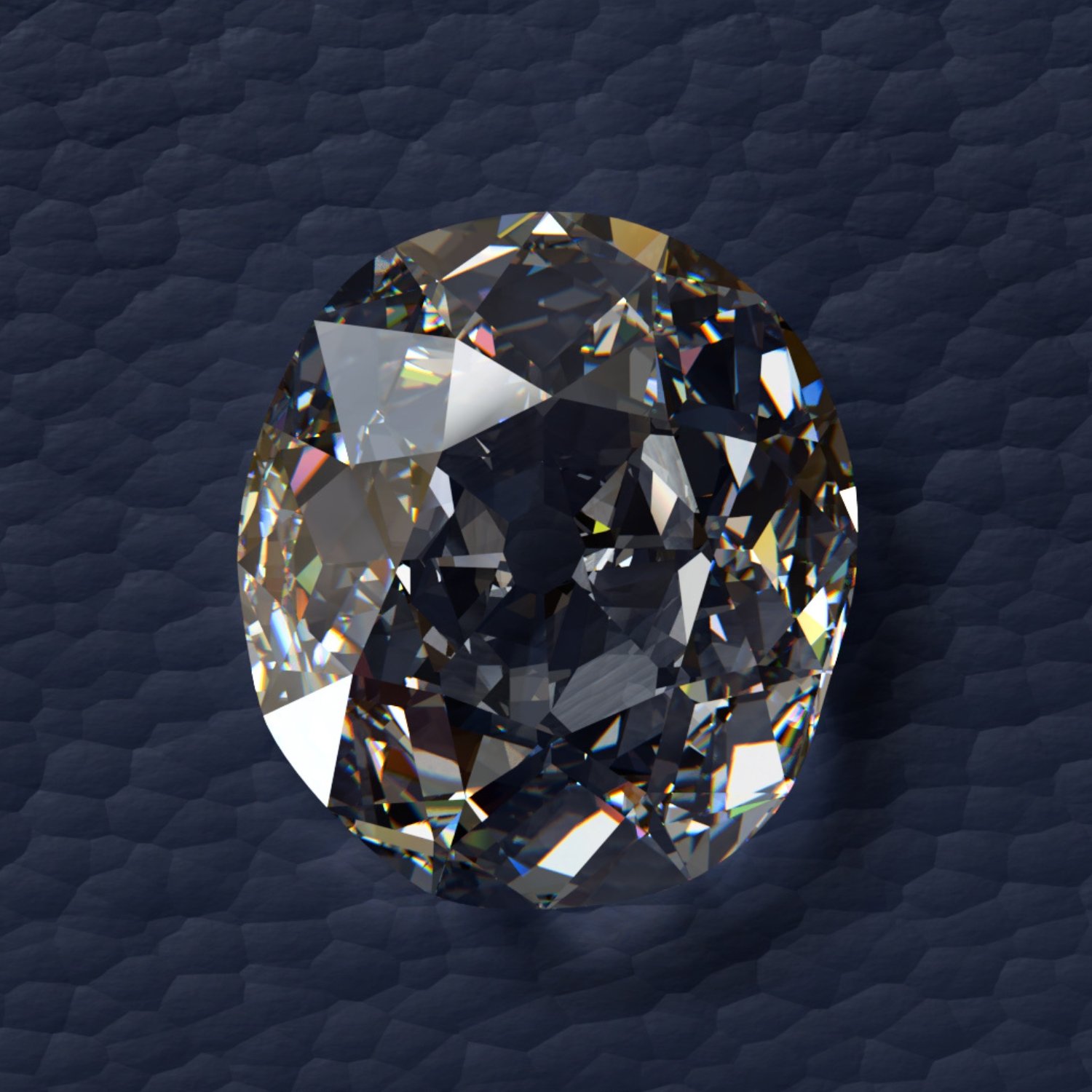How these Royal Jewels were Hidden
Precious jewels and gemstones were more than a covetable symbol of a monarch’s power, authority and prestige. They were also a valuable resource to forge and strengthen alliances, settle debts and should the need ever arise, even provide the means for an escape. Keeping the crown jewels safe during the turbulent times of war was of paramount importance. Here are a few interesting tales from history of how royal jewels were hidden to prevent them from being stolen.
British Crown Jewels: Hidden in a biscuit tin
During World War II, the precious gemstones from the British Crown Jewels were hidden in a biscuit tin to protect them from falling into Nazi hands. The tin was buried in a secret spot in Windsor Castle deep underground. It was a secret that was guarded so closely that even Queen Elizabeth II, who was fourteen years old at the time and spent the years of the war at Windsor Castle, did not know about it!
Russian Crown Jewels: Hidden in clothing, pillows, chocolates
The Romanovs were the last imperial family of Russia, and hid their jewels to prevent them from being seized during the Russian Revolution of 1917. Tsarina Alexandra, the wife of Tsar Nicholas II, sewed jewels into the hemlines and linings of her dresses and coats, as well as into the children's clothing, to protect them from the Bolsheviks. The Romanovs also hid jewels in pillows, boxes of chocolates and other food items, to smuggle them out of the country.
French Crown Jewels: Hidden in cotton
Marie Antoinette, the last Queen of France before the French Revolution, was aware of the growing unrest in France and the possibility of her jewels being seized. She is said to have wrapped her jewels in cotton to conceal them from revolutionary forces. She reportedly hid them in various places such as the walls, the furniture and in the gardens around the Palace of Versailles and in the Tuileries Palace in Paris.
Swedish Crown Jewels: Hidden in a pipe organ
In the 17th and 18th centuries, Sweden's crown jewels were hidden in a pipe organ located in the Riddarholm Church in Stockholm to protect them from invading forces. The organ was designed to have a secret compartment where the jewels could be stored. It is said the organ was built specifically for this purpose by Queen Christina of Sweden, who was known for her love of music and the arts.
Scottish Crown Jewels: Hidden under piles of linen
The Scottish crown jewels were hidden in the 1650s during the English Civil War, under piles of linen in a secret chest. The exact location of the jewels was forgotten over time and they were lost for over 200 years. It was not until 1818 when Sir Walter Scott was tasked with conducting a search through Edinburgh Castle that the Scottish Crown Jewels were finally rediscovered.








